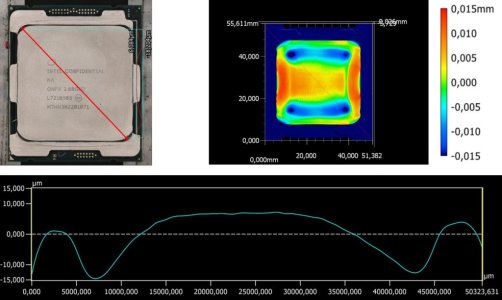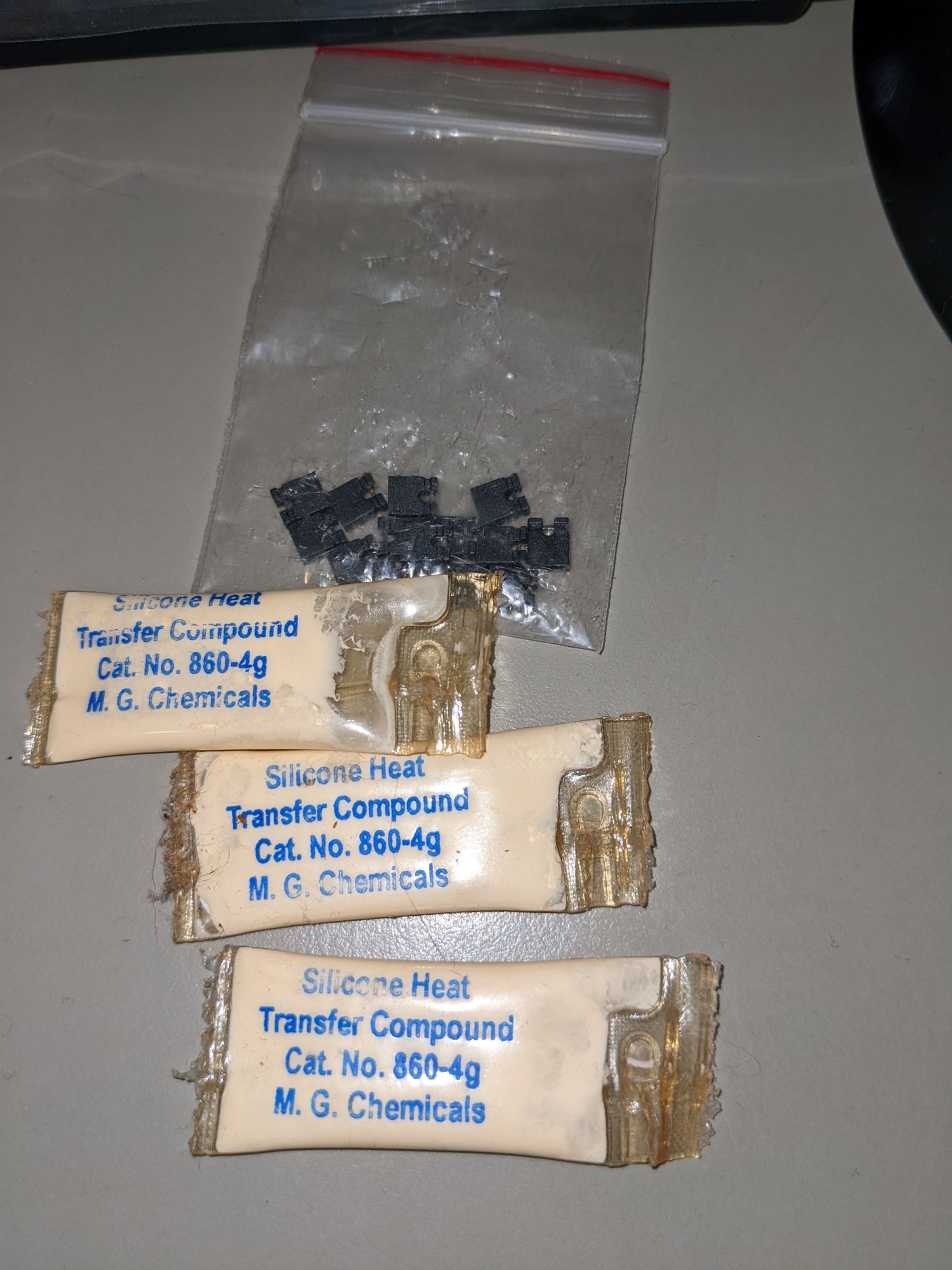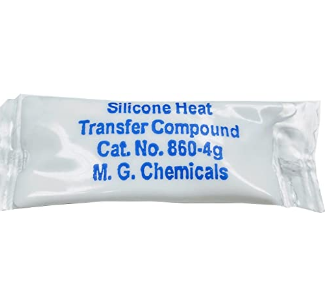JSHamlet234
Gawd
- Joined
- Apr 9, 2021
- Messages
- 943
Its pretty easy to lap a CPU well without doing anything drastic like cutting a mobo socket off.
It is, but the retention mechanism does deform the IHS. There is an active thread about this being an issue with LGA 1700.
![[H]ard|Forum](/styles/hardforum/xenforo/logo_dark.png)


